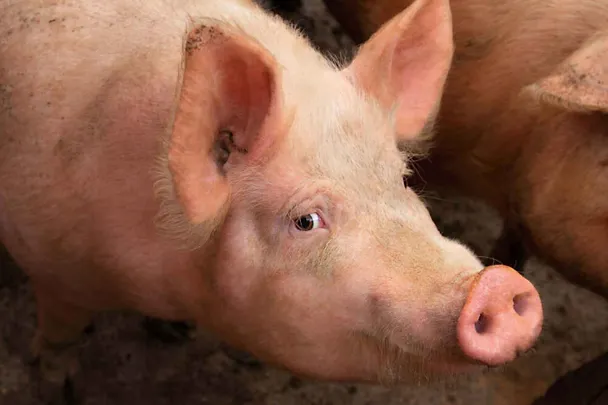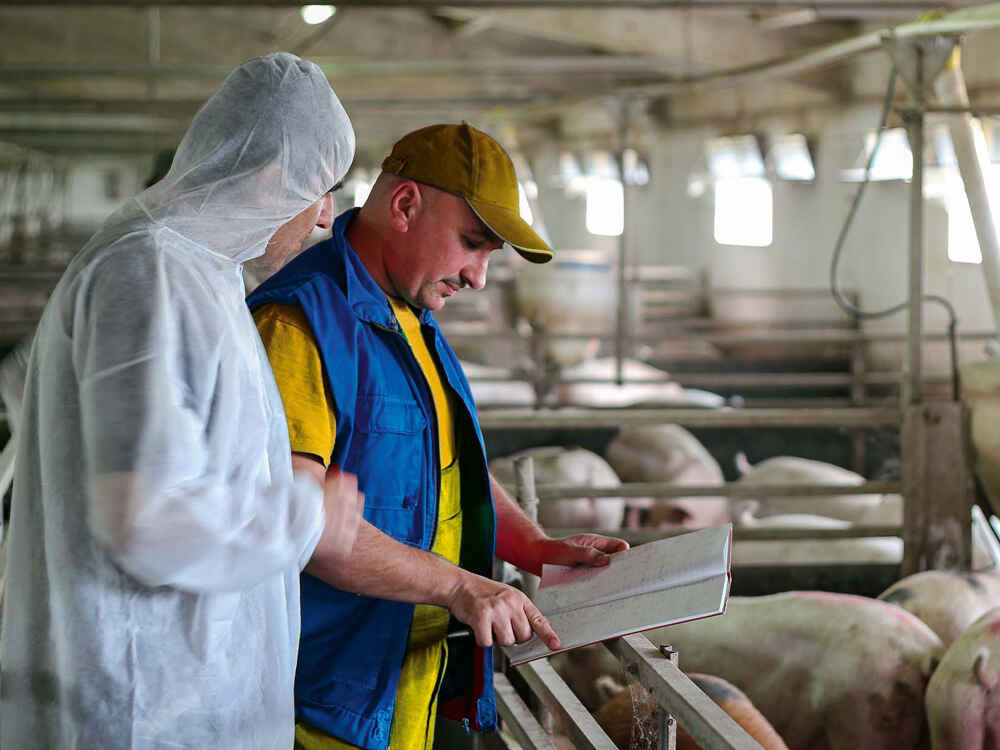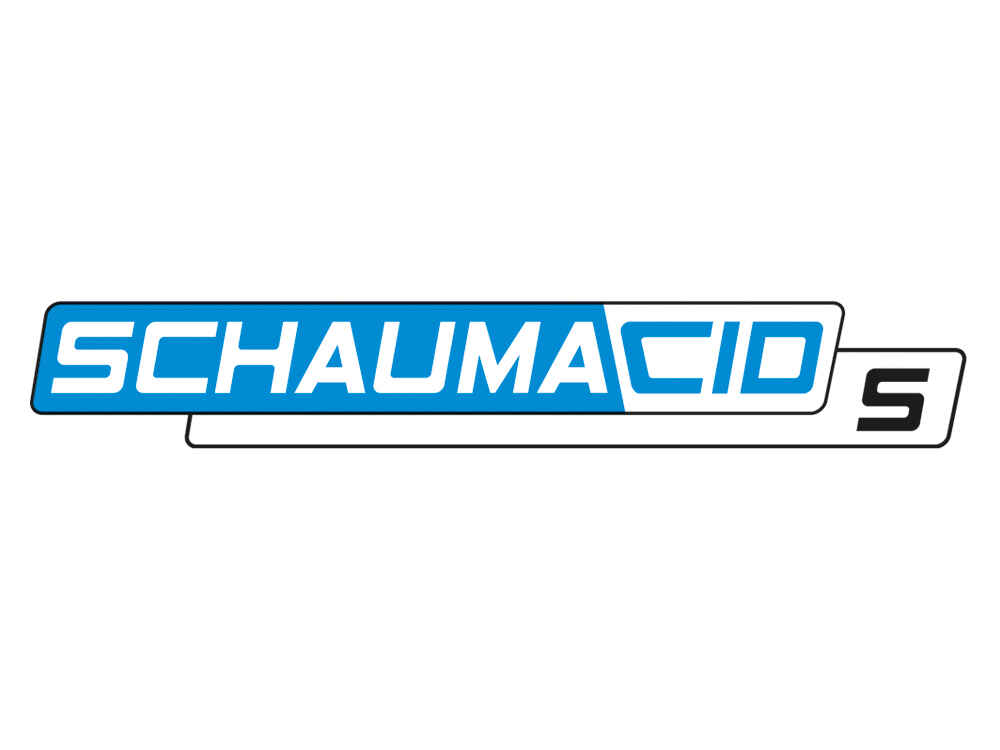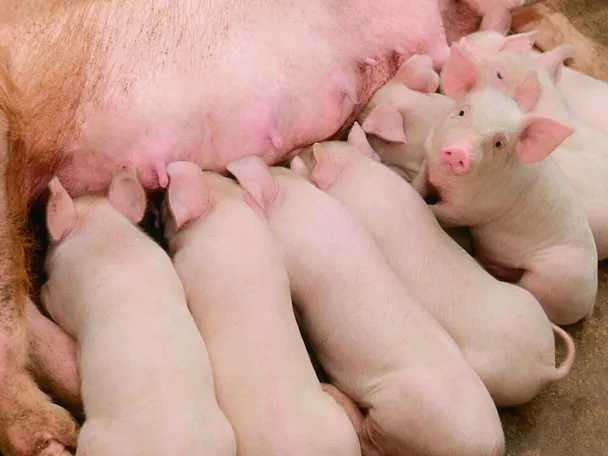Successfully reducing salmonella in the herd

© Zhang Yongxin / Fotolia
If salmonella is detected in your farm, you should act quickly. This is the only way to prevent a downgrading in the classification.
In the case of a salmonella infection, humans usually suffer from severe gastrointestinal complaints, while pigs usually do not show any symptoms. An increased infection pressure or an unexpected entry of salmonella is therefore usually only detected when the slaughterhouse reports back. If this is the case, action must be taken quickly and carefully (see Fig. 1).
Determining the point of entry
Salmonella enters livestock in different ways. The most common sources are rodents - but dogs and cats can also infect pigs through their excrement. The piglets themselves can bring the bacteria from rearing into the fattening barn, as can anyone who enters the barn. In rare cases, protein feed contaminated with salmonella, such as soy or rapeseed meal, is the source of entry.
Optimising feeding
There are various ways to reduce the salmonella contamination via the feed. A coarse feed structure helps on two levels: Firstly, the stomach barrier is strengthened so that orally ingested salmonella is already killed in the stomach. Secondly, it promotes the formation of butyric acid in the cecum, which prevents salmonella from adhering to the intestinal mucosa of the animals.
The use of SCHAUMACID S (see Fig. 2) has further advantages: The stomach barrier is additionally supported, and the feed is sanitized. This prevents infection via feed contaminated with feces. It is important to break the cycle of oral ingestion, excretion with the feces and oral reinfection (see Fig. 3).
Pest control, cleaning and disinfection
Rodents are not only a source and reservoir of salmonella. Like flies, they spread salmonella uncontrollably throughout the entire livestock. For effective control of salmonella, it is therefore necessary to disinfect more than just the stable compartments: Side rooms, furnishings, ventilation shafts, tools, drinking troughs and troughs as well as hard-to-reach areas such as the undersides of slatted floors.
Verifying hygiene management
As part of salmonella prophylaxis, carrying out spot checks on any animals bought in should become routine, in addition to strict partitioning.
Monitoring success
After 8 to 10 weeks at the latest, the antibody results show whether the measures to reduce the salmonella contamination have been successful. This time frame varies depending on the initial value, as the antibody concentration only halves after approx. 8 weeks.



